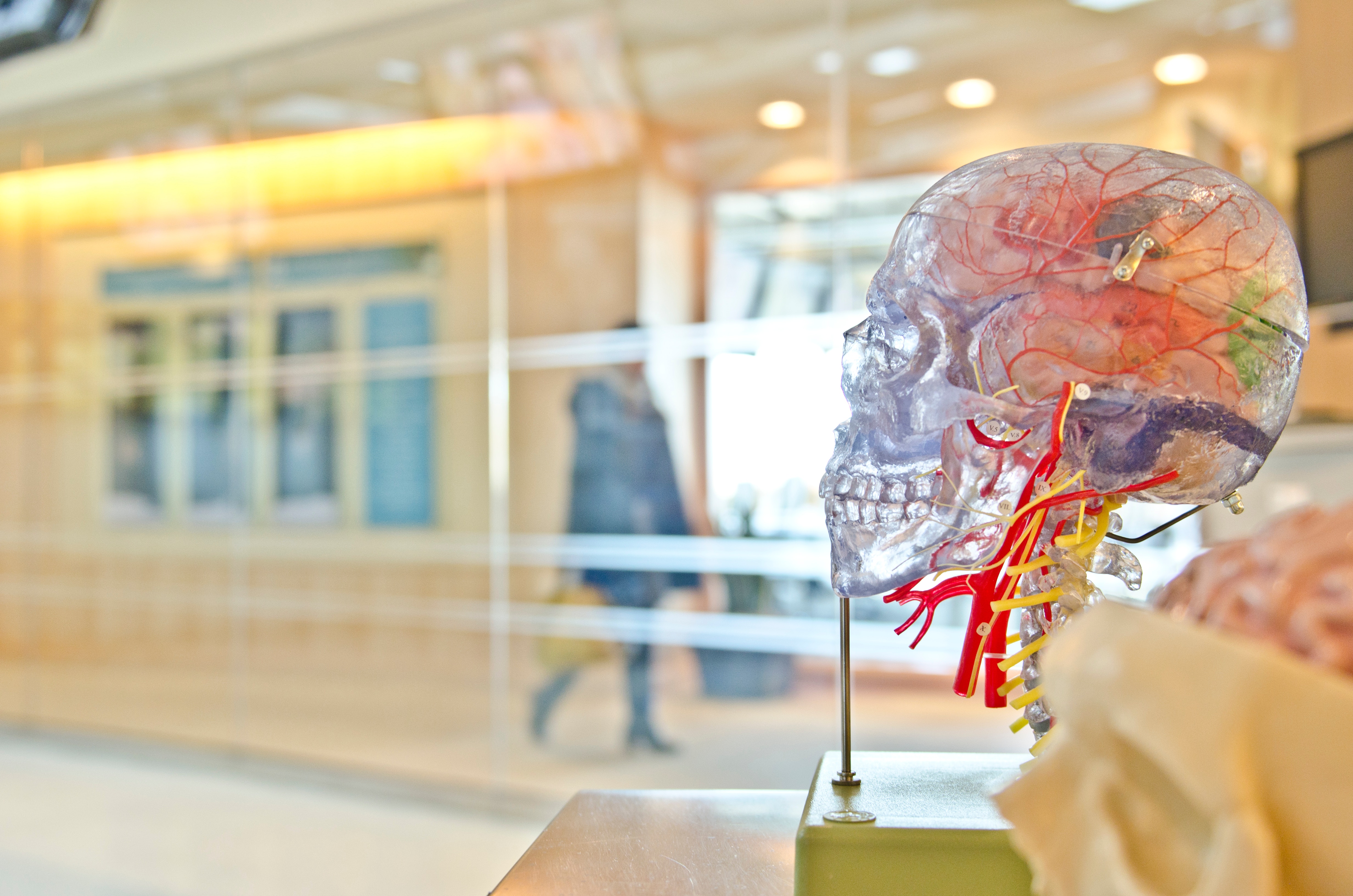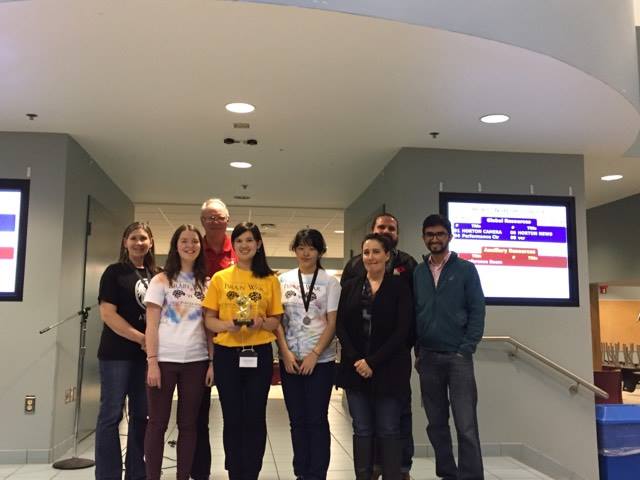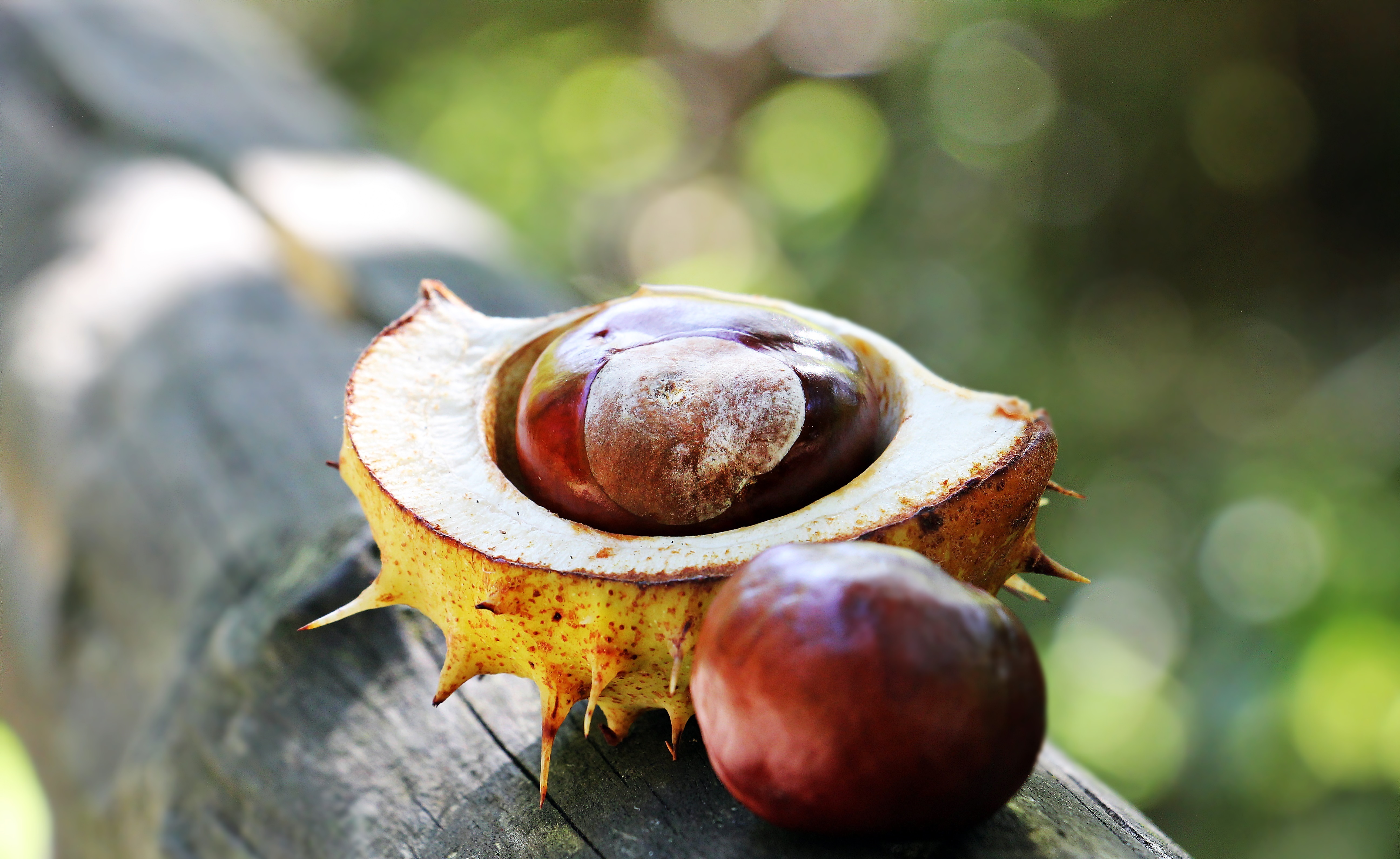Plastic pollution is a major environmental stressor for marine life and is both long-lasting and near-ubiquitous in ocean ecosystems due to anthropogenic activity. Since the 1950s, when mass production of plastic products began, plastic debris has accumulated significantly in coastal, open ocean, and terrestrial environments. The effects of macroplastic (> 5 mm diameter) debris on marine life are well known as they cause entanglement and choking. Large plastic debris, however, degrades into smaller pieces known as microplastics (<1 mm diameter), small enough for ingestion by a wide range of marine organisms.The effects of microplastic ingestion on marine life remains poorly understood. Overall the objective of my Honours research, with co-supervisors, Dr. Laura Ferguson and Dr. Glenys Gibson (Biology Department), is to explore how microplastics affect marine life and specifically, to determine if ingested microplastics change the structure of exposed tissues.
We used Carcinus maenas (Green Crabs) as a model organism to investigate the effects of microplastics on the tissues of the hepatopancreas, a digestive organ at risk of exposure to pollution associated with food. Green crabs are scavengers, which exposes them to microplastic debris, and also contributes to their being a very aggressive, invasive species on Nova Scotia shores. We used histochemistry to visualize potential tissue-level effects of microplastic ingestion. Crabs were exposed to polystyrene microbeads (5 μm diameter) in aquaria water and in food at low concentrations that are typical of water samples of the mid-Atlantic Ocean (1-2 particles/ m3) and at higher concentrations typical of coastal areas (approx. 100 particles/ m3). Controls included field-sampled crabs and crabs cultured in the lab without polystyrene exposure.
This study is part of a larger project that also looked for effects of microplastics on the bivalve mollusc, Mytilus ediulis (Blue Mussels). Blue Mussels (yes- the same species that are so tasty steamed with a little butter and lemon) are filter feeders and thus are at high risk of microplastic exposure. We also sampled haemolymph, a tissue that like your blood, contains immune cells, and took DNA samples to look for how microplastic uptake potentially changes the microbiome (i.e. the community of microbes in a particular environment such as those that live on and in our bodies).
We exposed crabs to microplastics for six-weeks, compared the tissue structure of microplastic exposed crabs to controls, and used different stains (Periodic-acid Schiff-Alcian Blue, Giemsa, Hematoxylin & Eosin, and Nile Blue A) to analyse changes in the exposed tissues. We found several cell types in the hepatopancreas including R cells that function as absorptive and storage of glycogen and calcium, B cells that secrete digestive enzymes, and F cells that are darkly-staining precusors to B cells.
Statistical analysis indicated that the abundance of R cells increased in response to the high exposure to microplastics, but that gut structure was not affected by growing the crabs in the lab. These data suggest that levels of microplastics found in some coastal areas do affect structure of exposed tissues (R cells) in these wide-spread scavengers.
Additional research is required to investigate the uptake, transfer, and accumulation of microplastics on tissues, the immune system, and the microbiome of marine organisms exposed to many types of microplastics in order to better understand the effects of microplastic pollution, a growing global problem. Overall, whether or not you enjoy eating seafood, the influx of plastics in the marine ecosystems and their impacts on animal health is something for us all to chew on.





